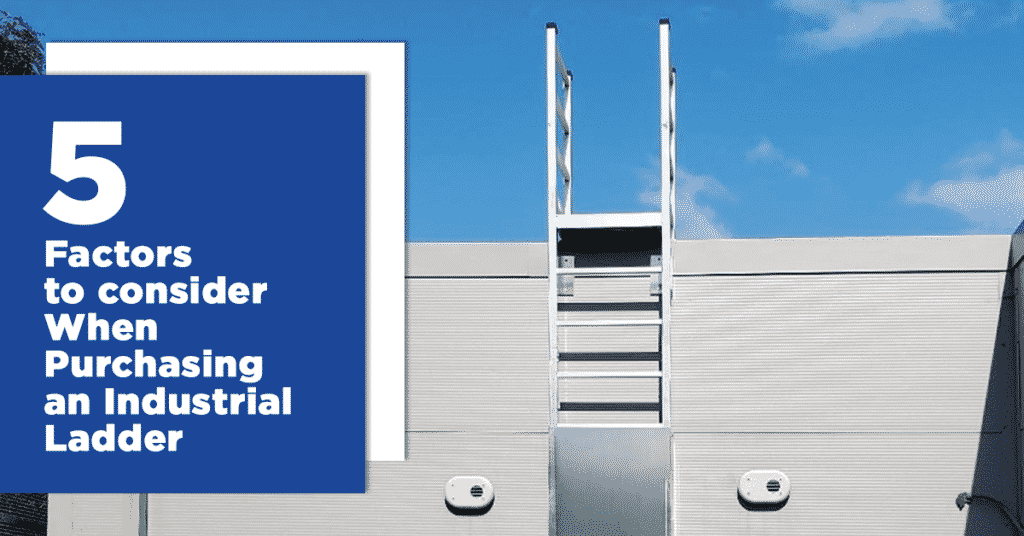
In industries such as construction and manufacturing, having the right equipment is a necessity. Not only does it enable your employees to go about their daily tasks, it also plays an essential role with regards to their welfare.
Since work-related injuries such as slips and falls are highly common in industrial facilities, it’s your duty as an employer to always have the right tools to help them perform efficiently and safely.
If your employees regularly work at great heights, one essential piece that your staff will need is a reliable ladder. Safety is paramount whenever your employees are accessing roofs, shafts, or manholes, and having a solidly built ladder will improve both workplace safety and employee wellness.
To help you out during the purchasing process, our guide below will discuss the different factors you should consider before buying an industrial ladder.
5 Things to Consider When Purchasing a Fixed Industrial Ladder
Due to the variety of options in the market, it may be challenging to figure out which ladder will best suit your workers’ needs. As you start canvassing for options, here are the five factors to keep in mind.
1. What is my price point?
Just like any other product, price plays a big role in determining if a ladder is fit for its purpose. While it’s understandable that you have budget limitations, it’s essential to know that a piece of safety equipment like a ladder can help prevent injuries and accidents, helping you avoid hefty medical costs in the long run.
Ultimately, you would not want to settle for a cheap ladder since its capabilities may not fulfill your requirements. Premium ladders may cost more, but the quality and efficiency they provide will be impeccable. The higher price tag may seem overwhelming, but the sturdiness and reliability it brings will give more value down the line.
2. What is the purpose of my ladder?
Fortunately, manufacturers of industrial ladders understand that each client has their own unique requirements. To cater to different needs, providers offer various ladder options tailored for specific uses.
With the point above in mind, it’s clear that some ladder types will be more suitable for your needs than others. For starters, cage ladders are best installed for applications in high areas. If you have some employees that need to access roofs, manholes, and pits, its unique safety features will significantly minimize the risk of falling.
3. Which ladder material suits me best?
Industrial ladders can be made up of different materials such as wood, fiberglass, steel, and aluminum. As you look at different ladder options, it will benefit you greatly to know the pros and cons of each substance.
While wood, steel, and fiberglass ladders can work particularly well in certain uses, aluminum ladders are the top choice across all options. It’s economical and requires little-to-no maintenance. Apart from its cost-saving benefits, it has an excellent strength-to-weight ratio, guaranteeing both safety and efficiency at work.
All things considered, it’s safe to say that aluminum ladders are the favorite and standard option amongst industrial companies. However, it’s still worth assessing the various materials in the market to ensure you get the type of ladder built perfectly for your needs.
4. Where will I place the ladder? Will it be compatible with the structure?
Beyond the purpose and material of your ladder, where you will install this piece of equipment is another critical factor in the purchasing process. Take ship ladders as an example. Unlike cage ladders usually attached to walls, ship ladders are best for sloped structures and surfaces.
If you need to access maintenance or utility holes, roofs, or mezzanines, a cage ladder can get the job done. But if you need to link two separate buildings or create a crossover bridge that connects different areas of your facility, then a ship ladder is the ideal choice.
When in doubt, you can always consult with a ladder manufacturer. Just make sure that you’re working with a reputable partner for customized solutions.
5. What’s my weight and height requirement?
To ensure the safety of users, the Occupational Safety and Health Administration (OSHA) requires fixed ladder manufacturers to adhere to a strict set of guidelines.
Two of the essential things to remember before buying a ladder would be the weight and height requirements. Generally, aluminum ladders are designed to support at least 250 pounds of weight between each rung. In addition, it is built to withstand other loads brought by the weather and ladder safety devices.
On the other hand, the height of your application will also be crucial. If your application goes beyond 24 feet, the OSHA will require you to use a ladder with a built-in fall-protection system. Carefully analyzing your requirements will ensure that your employees will be safe, and this will greatly improve their productivity and maintain their well-being.
The Best Fixed Ladders in the Market
If you are looking for a trustworthy manufacturer that can provide you with high-quality commercial ladders, O’Keefe’s is here to support you.
With over 80 years of experience under our belt, our company has established itself as one of the best fixed ladder providers in the market. Regardless of what application it may be, we’re confident that our tailor-fit solutions can address all your needs.
Take Your Time and Consider Your Needs
Just like any other purchase, you’ll need to consider numerous factors before you buy a fixed ladder. Given that it’s a big purchase that can significantly affect your operations and workers, buying the best option available is an absolute must.
Fortunately, taking note of factors such as your purpose, materials, and capabilities will help you determine which type of ladder will best match the requirements of the task.
To get you started, O’Keefe’s has a wide range of products that you can choose from. If you feel like you need specialized solutions, feel free to get in touch with us to learn more. We’ll be happy to assist you and discuss your specific business needs!
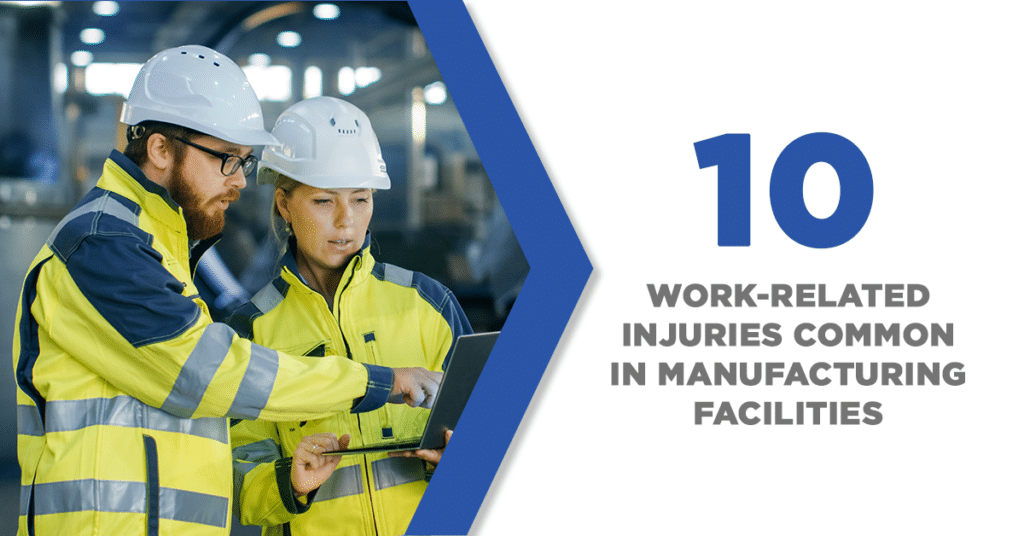
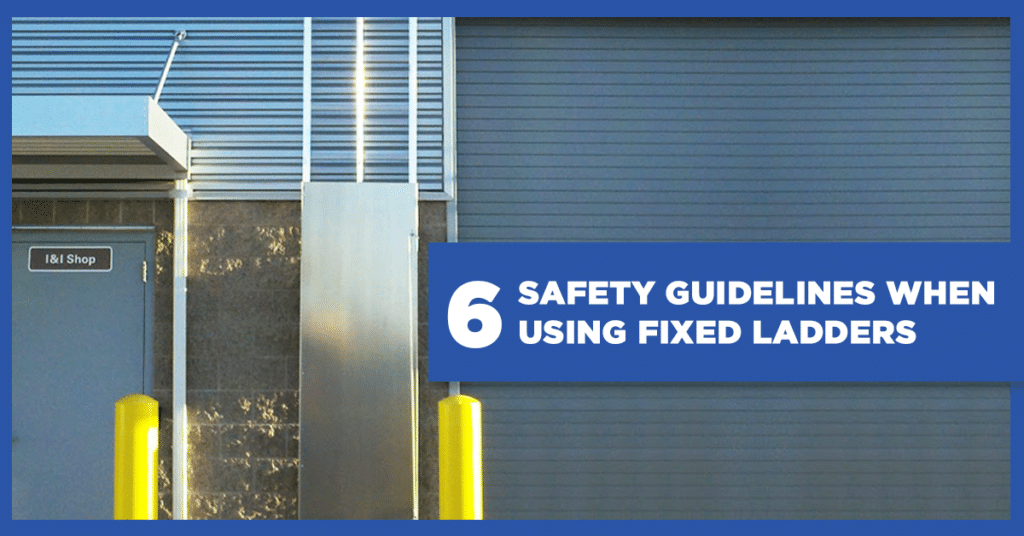
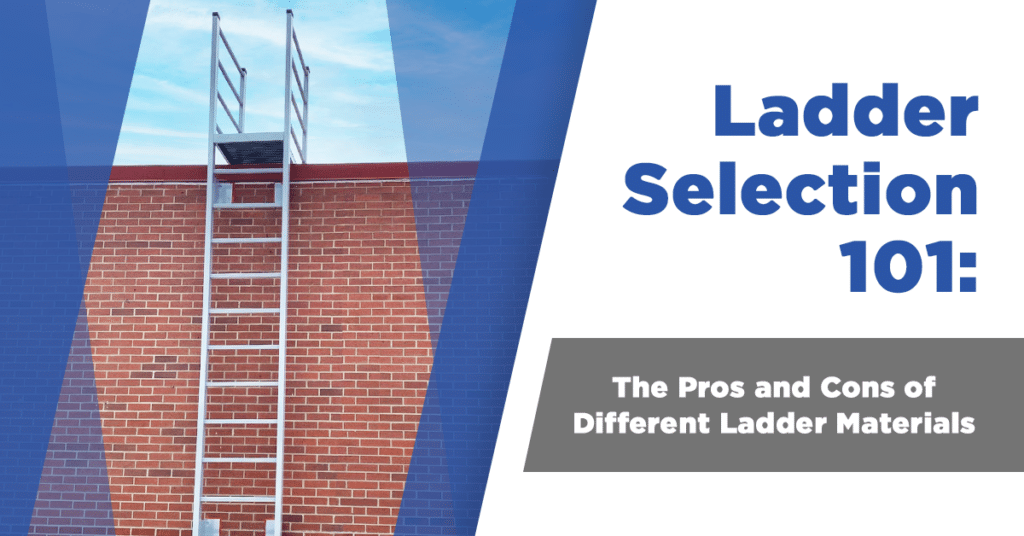
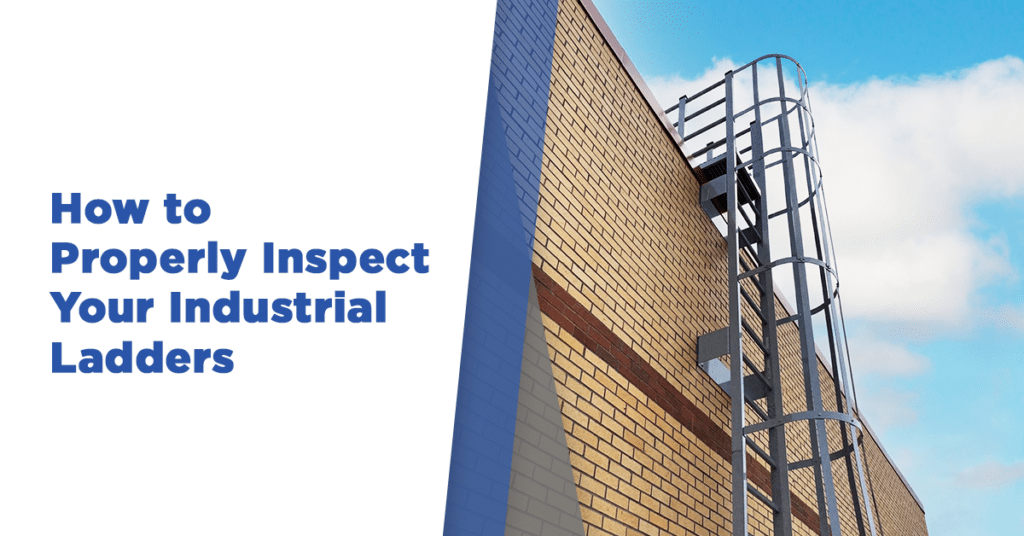
Recent Comments